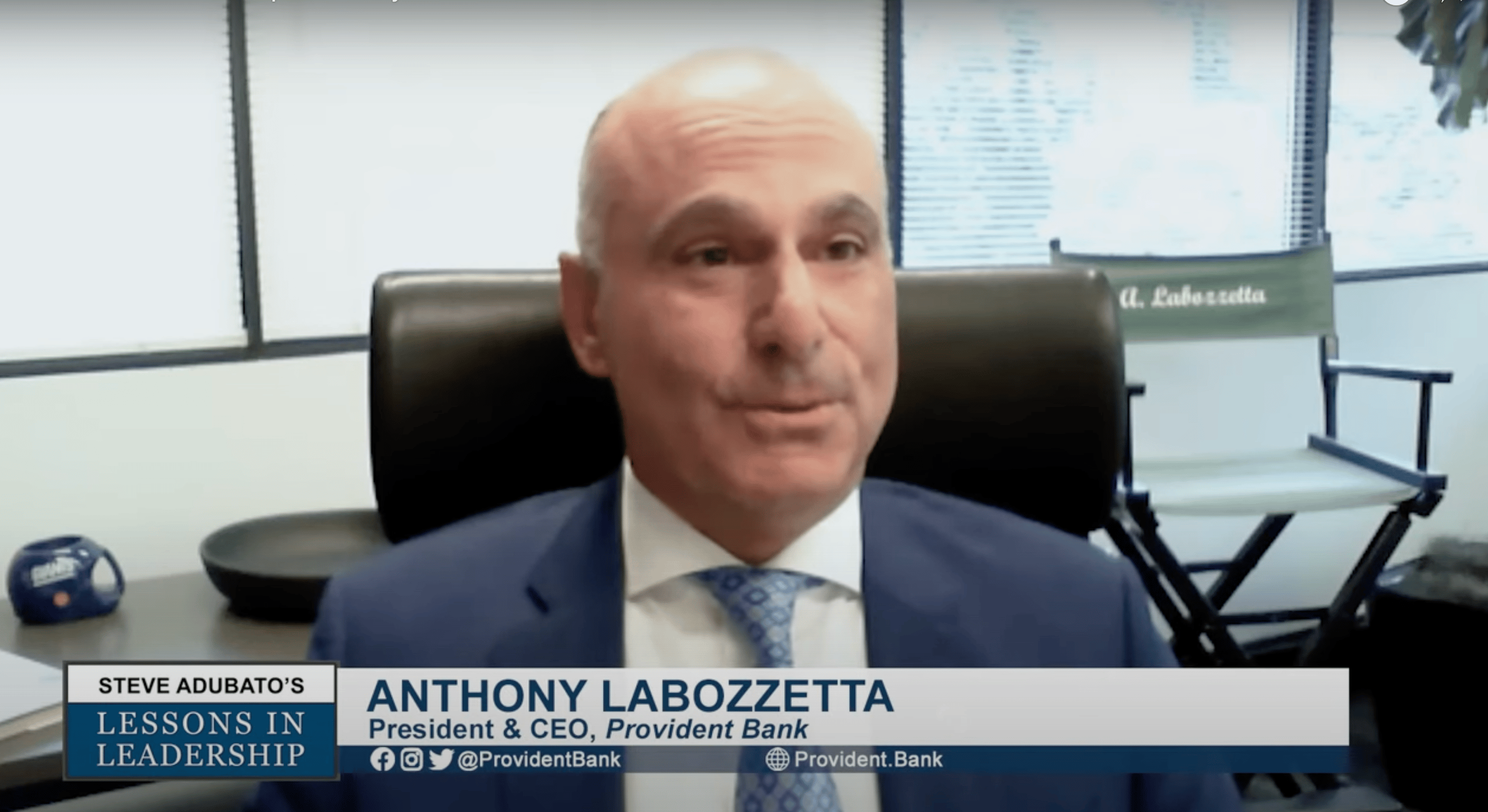 VIEW ALL EDUCATION & INSIGHTS
VIEW ALL EDUCATION & INSIGHTS
December 16, 2013
Why Cloud Computing for Banking Will Have Your Business Singing in the Rain

The cloud. Everyone’s talking about it; most businesses have probably used it for file sharing, web meetings, and customer relationship management (CRM), mail, and calendar apps. But do we have a concrete grasp of what it actually is? Probably not. To most of us it’s an enigma, nebulous gray matter that sucks up our data and stores it somewhere in the air above our heads — or in “technical terms”, the Internet. But in the past 10 years or so there’s been a technological paradigm shift, and financial institutions — those notoriously conservative, risk-adverse late-adopters are finally catching on.
And what they’re catching on to is this: cloud computing can change the way businesses bank. As financial institutions begin to adopt the cloud to implement core products and services, businesses will experience banking that’s quicker, simplified, customized, collaborative, and more economical.
They may even be compelled to don a yellow slicker and twirl their umbrella in a little ditty to a glorious feeling.
Why Cloud Computing?
Financial institutions are feeling pressure from increased federal regulations, growing competition, dynamic business climates, and technologically savvy customers to evolve, to offer new and better solutions — at breakneck speed. So, as cloud computing has acquired widespread acceptance and its security has improved, banks are beginning to turn to it as the obvious answer to their problem.
Cloud computing describes multiple computers connected and sharing data through a real-time communication network. It does not require expensive, complicated hardware and software, just an Internet connection. The cloud can be structured in three ways:
- Private – Operated and owned solely by the bank. It can be managed by the bank or a third party — on or off site. Because access is restricted, the private cloud is the most easily customized, controlled, and secure cloud computing platform.
- Public - Owned and managed by a third-party, which sells cloud computing services. Because a public cloud has open access, computing capabilities and services are made available to the general public.
- Hybrid – A hybridization of a private and public cloud, it is owned and maintained by both the bank and the cloud provider. Financial institutions store personally identifiable customer information and other sensitive data in the more secure private cloud and non-critical systems on the public cloud. A hybrid model is proving most popular with financial institutions.
It’s Good to Be Gray
Introducing cloud computing to business banking will be transformative. We do not yet know how far its effects will reach, but the benefits to you promise to be sweeping:
Cost Savings: Financial institutions do not have to make large up-front investments for expensive hardware and software, but can pay as they go for the services they’re actually using, receive automatic upgrades, and easily scale their services up and down. Because banks will save money, you’ll save money. End of story.
Business Continuity: Cloud computing offers enhanced data protection, fault tolerance, redundancy/back-ups, and disaster recovery. You can rest easy knowing your financial information is profoundly secure.
Customer-Centrism: This is, perhaps, the most revolutionary benefit of cloud computing. Rather than pushing products and talking “at” customers instead of “with” them, financial institutions will be able to conduct insightful, one-on-one conversations, delivering wholly customer-driven services.
As the barrier between bank and customer all but dissolves, financial institutions will revolve around the customers, putting them at the center of a uniform, cross-channel environment that’s more than a gratifying banking experience: It puts everything customers need right at their fingertips.
Tailored Banking: Through mobile and social applications, financial institutions will be able to monitor customers’ user preferences and transaction and other activity in real time, and, thus, push them the information they need in real time.
Gone are the days of mass marketing. Instead, banks can use customer information and predictive analytics to anticipate a customer’s needs and market products and services highly relevant not only to that person, but to single events in his or her life.
Decreased Time to Market: Cloud computing decreases a financial institution’s time to market in two ways. First, a cloud platform enhances both the bank’s internal communication between departments and external communication with its customers. This urges collaboration and shared resources between the parties, leading to augmented productivity, adaptability to changes in the market, innovation, and new products.
Second, cloud computing models are flexible and require very little capital investment in infrastructure or product development, so prototypes are created swiftly and relatively inexpensively.
Simplicity: The cloud allows financial institutions to heighten the sophistication and depth of their product offerings without complicating the experience of the end-user. It invites customers of all levels of technological aptitude to use the banks’ services quickly and simply.
Learn More
To learn more about the cloud computing services your financial institution may already be providing, please contact one of their cash management representatives. And then maybe do a little song and dance in the rain.








 Views
Views


 Views
Views

 Go Back
Go Back







